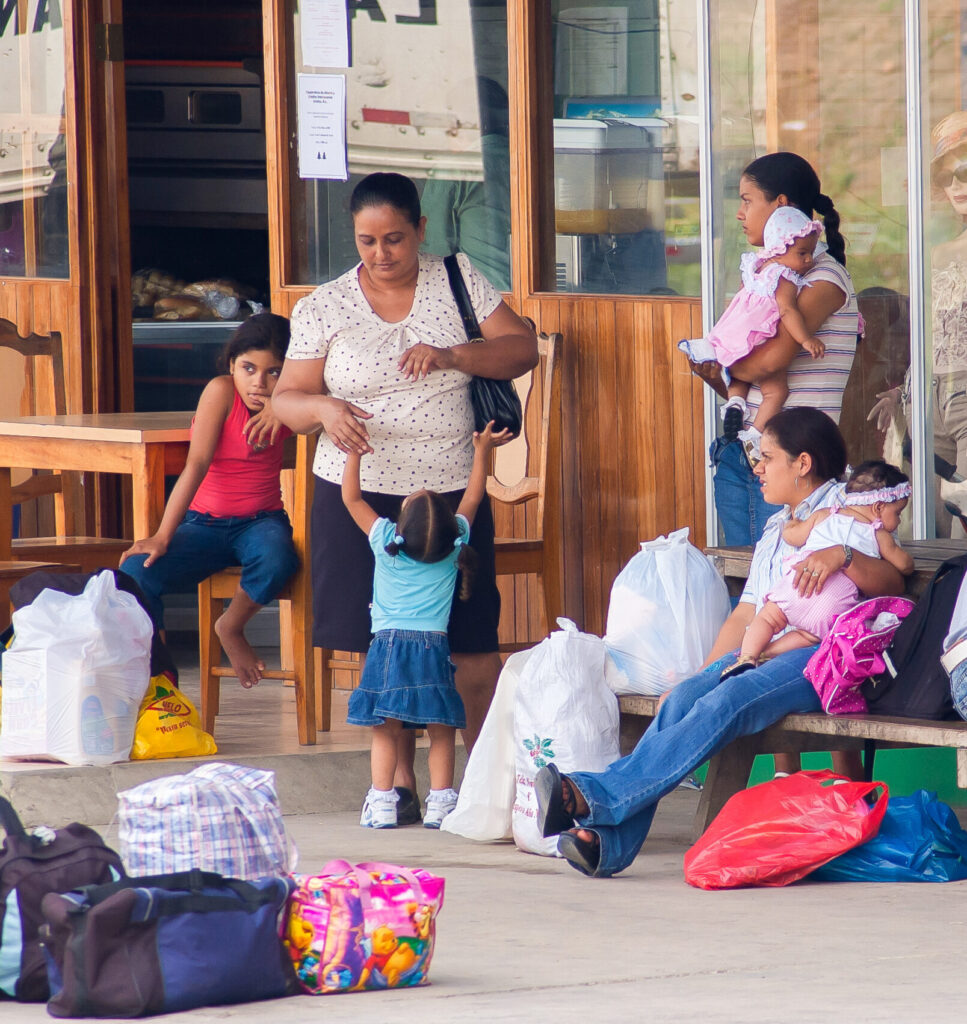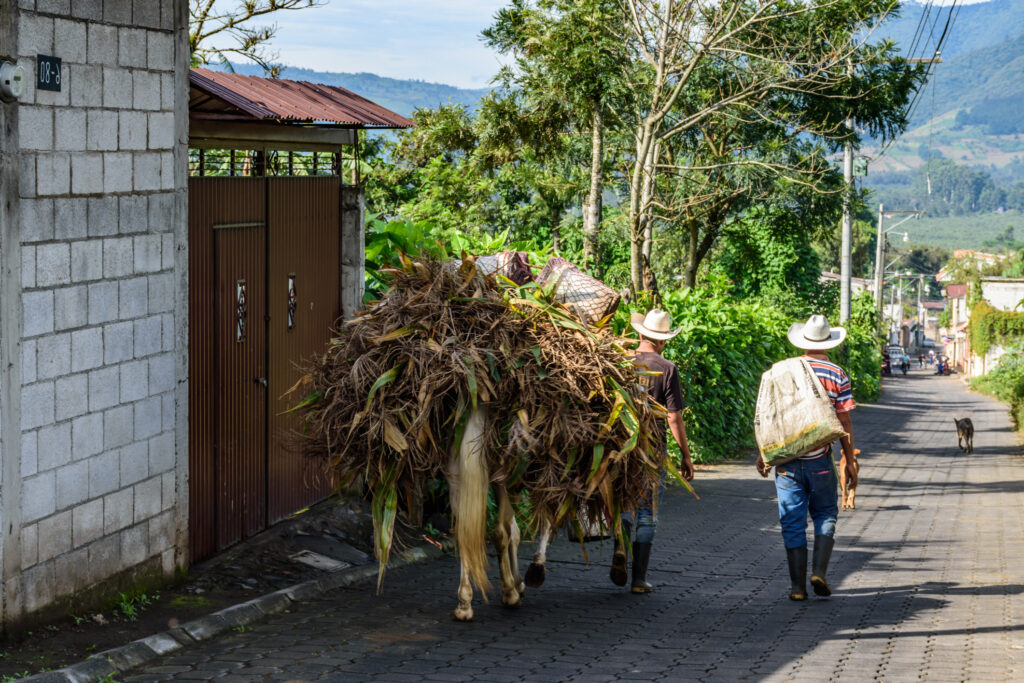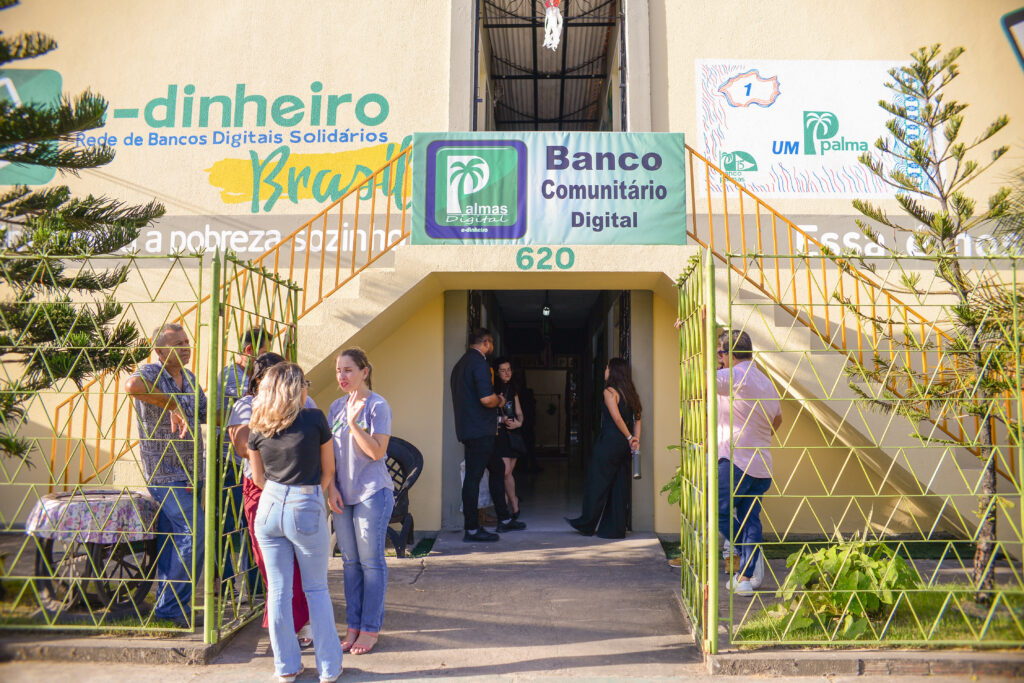Region
In recent years, Digital Financial Services (DFS)– financial services delivered through digital technologies– have been key to broadening financial inclusion around the world. By offering faster and cheaper access to services, as well as to new products such as nano loans and other types of digital credit, DFS solutions can bring unserved and underserved individuals and their families into the formal financial sector. In Kenya, for example, where financial inclusion is relatively high at 79%, mobile money has driven a significant portion of account adoption: 69% of adults have a mobile money account.[1] Other markets have had similar experiences, and the COVID-19 pandemic spurred the onboarding of underserved and underbanked populations onto DFS across the globe. A 2020 Mastercard study focusing on four markets in Latin America demonstrated that, within the first five months of the pandemic, over 40 million consumers became banked for the first time, in large part due to government subsidies being paid through digital channels. A 2023 follow-up study demonstrated that a good deal of this growth has been sustained: the number of cash-only consumers (those without a financial account) in seven markets in Latin America decreased from 45% in 2020 to only 21% in 2023.
This success, however, has not been universal; countries like Guatemala have not seen such gains. In fact, between 2017 and 2022, the country experienced a significant dip in financial inclusion: In 2022, 37% of adults had an account with a bank, other financial institution, or mobile money provider compared to 44% in 2017.[2] Similarly, over the same period, the number of adults who make or receive digital payments stood at 25% in 2022, down from 33%.
We found that a lack of trust in the tool, an underdeveloped digital ecosystem, and regulatory uncertainty play major roles in hindering the spread of DFS.
To better understand this phenomenon, in 2023, the United States Agency for International Development (USAID) and partners DAI’s Digital Frontiers and strategy consulting firm ConsumerCentriX launched a pilot of digital wallets for domestic workers living in Guatemala City, first aiming to digitize the salary payments between employers and domestic workers and then between domestic workers and their family members in their hometowns. The objective was to build familiarity with digital payments among potential users starting with their salaries and gradually add other products and services like savings, insurance, and digital financial literacy training to meet their more diverse needs.
Notably, despite the country’s potential for and promising impact of DFS uptake, adoption of the digital wallet was not widespread—ultimately limiting the opportunities that DFS can create. In the end, we found that a lack of trust in the tool, an underdeveloped digital ecosystem, and regulatory uncertainty play major roles in hindering the spread of DFS. Going forward, donors, financial service providers, and other stakeholders in the financial sector must keep the following lessons in mind:
1. Awareness of DFS is not enough; the population must trust the solution.
This lesson was evident in Guatemala: Even before the intervention, the country’s financial services market’s concerns with fraud were growing rapidly, particularly as a wave of protests around the latest presidential election and political transition sparked unrest in the country. A general increase in fraudulent emails and text messages attempting to swindle unsuspecting recipients out of their funds had also been on the rise, which only compounded concerns around sending money to the wrong person or inputting an incorrect amount, common among latecomers to DFS. Related, given their unfamiliarity with or skepticism of unknown companies or tools, many potential users were also hesitant or unwilling to participate in the pilot.
Fintechs and other financial service providers might leverage other commonly trusted providers to increase uptake among skeptical potential users in underserved markets like microfinance organizations or cooperatives, which often offer access to credit that banks are less likely to provide. Such institutions can help instill confidence among first-time DFS users, making them ideal partners for fintechs.
2. DFS solutions need to solve pain points that drive interest in their usage and not just postpone them to a later point in time.
DFS solutions have three primary selling points: 1) They can save users time otherwise spent visiting a bank or ATM and eliminate safety issues that come with carrying large amounts of cash; 2) they offer convenience like immediate transfer and receipt of funds; and 3) they serve as a source of records in case there is a dispute over payments between two parties or a need to review transactions. This impact is real and can be transformational. However, having access to the solution is not enough for users to feel these benefits. Providers must ensure that the DFS solution addresses the users’ needs end-to-end, which includes building out the ecosystem sufficiently to prevent cashing out from being the most likely next step for users. There must be support for merchants to have the ability to accept digital payments, and DFS solutions must be interoperable so that users can send payments to a wide number of their peers, businesses, and service providers.
3. Regulatory uncertainty around new, innovative products hinders DFS uptake and usage.
Because there are currently no fintech regulations in Guatemala, the more than 50 fintech companies currently in the market operate in accordance with applicable regulations (e.g., consumer protections and anti-money laundering restrictions) depending upon the solutions they offer. Concrete, fintech-specific regulations would offer a more clear, more predictable playing field in which providers can better mitigate risks and plan investments—further enticing potential and healthy competition.
To assess what policies might serve consumers and fintechs best, Guatemala could learn from countries like Colombia, Kenya, Malaysia, and Egypt, where officials have set up regulatory sandboxes to serve as a “safe space” for companies to test innovative products and services without being immediately subject to existing regulations. Such sandboxes allow regulators time to see how these products and services work and where it is best for them to intervene to protect the interests of consumers. Sandboxes take time and thoughtful planning to set up but can be beneficial to the development of the fintech sector and the kinds of DFS solutions on offer.
Sandboxes allow regulators time to see how these products and services work and where it is best for them to intervene to protect the interests of consumers.
Already, Guatemala is making strides to support the development of a fintech market; one of the major pillars in its new National Financial Inclusion Strategy 2024-2027 is digital financial inclusion.
The country’s Financial Inclusion Commission is actively engaging working groups made up of financial sector experts as well as other stakeholders engaged in the financial inclusion space and has specifically named promoting and disseminating non-traditional channels like fintech and investment to increase savings accounts in the country as one of its concrete actions to be completed by 2027. Moreover, Guatemala has been taking steps to actively engage vital DFS stakeholders: Although the country does not have a formal regulatory sandbox, since 2019 the government has been engaging fintech players through the SIB (Superintendencia de Bancos) Innovation HuB to discuss the impact of innovative financial technology on the sector and support its regulation without hindering its growth unnecessarily.
Importantly, these lessons learned are not limited to Guatemala. Regulators, financial service providers, and other stakeholders in the financial sector must consider the varied and different nuances around appetites for digital solutions among marginalized or underserved segments of the population when considering DFS interventions. Simply banking on the uptick in DFS awareness and usage brought about by COVID-19 and bringing a new solution into the market is not enough.
Simply banking on the uptick in DFS awareness and usage brought about by COVID-19 and bringing a new solution into the market is not enough.
This article was written as a follow-up to this blog posted on the Center for Financial Inclusion’s (CFI) website in April 2023 related to the project Fostering Digital Financial Services Market Development in Guatemala managed by the Digital Finance Team. It shares learnings from the second phase of the project, which developed a pilot to onboard low-income domestic workers in Guatemala City onto a digital wallet.
USAID recently launched a Feed the Future Rural Financial Inclusion Program in Guatemala as part of our efforts to deepen financial access and usage among low-income Guatemalans to create more economic opportunities within their communities. Stay tuned for additional learnings from our work in the market.
For more details on the initial assessment done on the DFS landscape in Guatemala, see here. USAID also published a Digital Ecosystem Country Assessment in May 2023, available here.
[1] Global Findex 2021; % of adults who have an account with a bank, other financial institution, or mobile money provider
[2] Global Findex 2022












